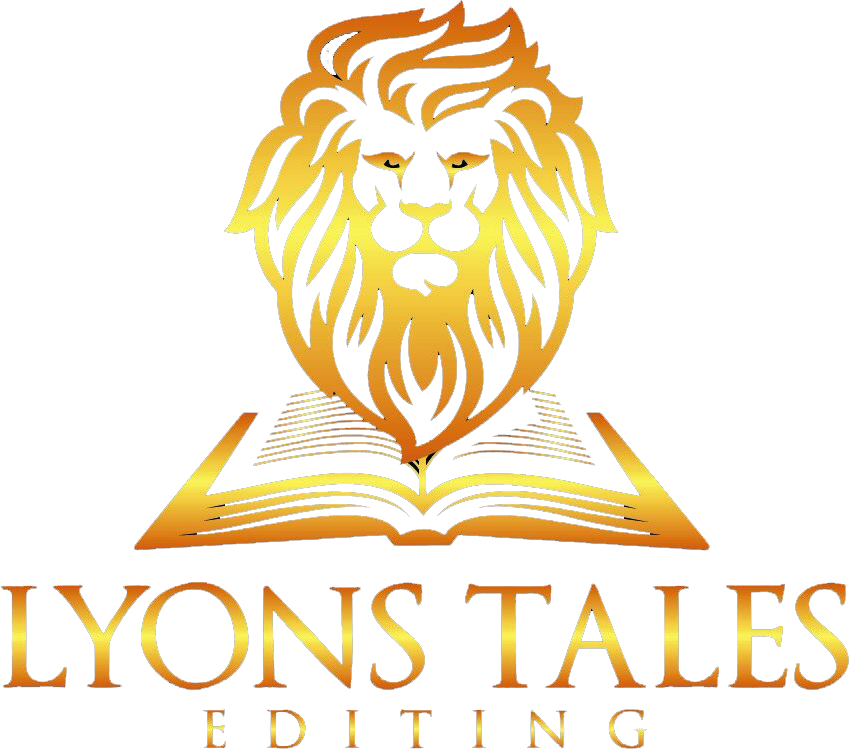Writing for Different Audiences: Setting the Right Tone
When it comes to writing, one size definitely does not fit all! The tone of your writing should always suit the crowd you're addressing. Whether you're drafting a corporate memo, spinning a tale in a novel, or updating your blog, how you come across can make or break your connection with your audience.
So, let’s explore how to hit the right notes and make your writing connect with your target readers.
Get to know your target audience
First off, think about who you’re writing for. What type of person are you trying to attract with your words? Understanding your audience is like being a social butterfly at a party—knowing a little something about everyone can go a long way. If you’re writing a technical manual, you’ll want to keep things clear and to the point. Save your wit for that personal blog post aimed at pet-lovers.
Make sure you research your demographic - what age are your target audience? Don’t wax lyrical about fun TikTok videos if you’re trying to attract Baby Boomers.
Remember to consider the differences in culture too. What’s cheeky and charming in one context might be hugely offensive in another. Try not to alienate any readers before you even begin!
Adjust your tone to the format
As a writer, you have the freedom and flexibility to tailor your tone based on your target audience. But always make sure that you consider the format of what you’re writing. Stick to a formal, polished and professional tone for academic articles and lively, brief and playful for tweets and Instagram captions.
Purpose-driven tone
Always ask yourself, "What’s my goal here?" If you're trying to persuade, use a confident, assertive tone that your audience can’t help but listen to. And if you’re looking to entertain, channel your inner comedian or storyteller. The purpose of your writing should guide your tone in the right direction, collecting new readers as you go.
Tone twisting
It’s great when you get to do a bit of tone-twisting in your writing. When you’re writing for an older audience, use a patient, jargon-free, tone that gives information without over-complicating things. But when it comes to younger readers, flip the script – crank up the energy, add in some slang and keep the mood upbeat and engaging. They’ll appreciate a more dynamic tone that speaks their language. You’re likely to capture their attention and make the content more enjoyable for them.
The emotional echo
This is where tapping into your emotions is a big advantage. I don’t mean ranting about your ex, (although that can obviously be cathartic in the right forum). I’m talking about being passionate about your subject. After all, how do you expect to connect with your readers and persuade them to care about your topic if you don’t?
Putting an emotional slant on your writing can help if you’re writing about something sensitive. Adding a touch of empathy can make your audience more receptive. Of course, this is in the right context. Don’t go for a weepy tone if you’re writing an ad for men’s underwear.
Keep it consistent
Not to sound too much like a slogan on a t-shirt but remember…versatility is a virtue, but consistency is your anchor. Don't start your article sounding like a textbook only to end sounding like a text message.
Using a consistent tone helps keep your readers on track without confusing them. Your aim is to be clear on what you’re writing and who you’re writing it for. If you set the right tone for each piece of copy that you write, you can’t help but reach your target audience.
Read it out loud
Reading your writing out loud is like giving it a sound check. You’ll catch the weird sounds and clumsy language that interrupts the easy flow of your words. It’s easy for them to slip past when you’re reading silently.
Pretending you’re a newsreader or performing a monologue from King Lear is a good way to make sure your writing sounds right and will encourage people to keep reading.
Define your mission
Know why you’re writing. It can be tempting to start with a blank page and a vague idea and see where inspiration takes you. But this can be a recipe for disaster. Always be clear on what your destination is for your content. Is your goal to persuade, inform or entertain? If you are sure and certain of your purpose and direction, you’ll find it much easier to choose and stick to the right tone and avoid drifting off into writing oblivion.
Feedback is your friend
Getting another set of eyes (or ears) on your work isn’t just helpful – it’s crucial. Think of feedback as your writing’s backstage crew, ready to tweak the sound and lights so everything looks and sounds just right.
Getting a second, third or even fourth opinion can help you spot anything you’ve missed and help you refine your writing before it reaches your target audience. Just learn to have a thick skin – trust me, it’ll help!
Tune into your audience
Choosing the right tone for different audiences is a bit like being a DJ—know your audience, pick the right tracks and adjust as you go to keep the party alive. It's an ability that blends sensitivity, adaptability and being able to read the atmosphere.
If you want to learn more about matching the tone to the room, consider studying copywriting at the Comprehensive Copywriting Academy or proofreading at Proofread Anywhere.
Happy writing!





